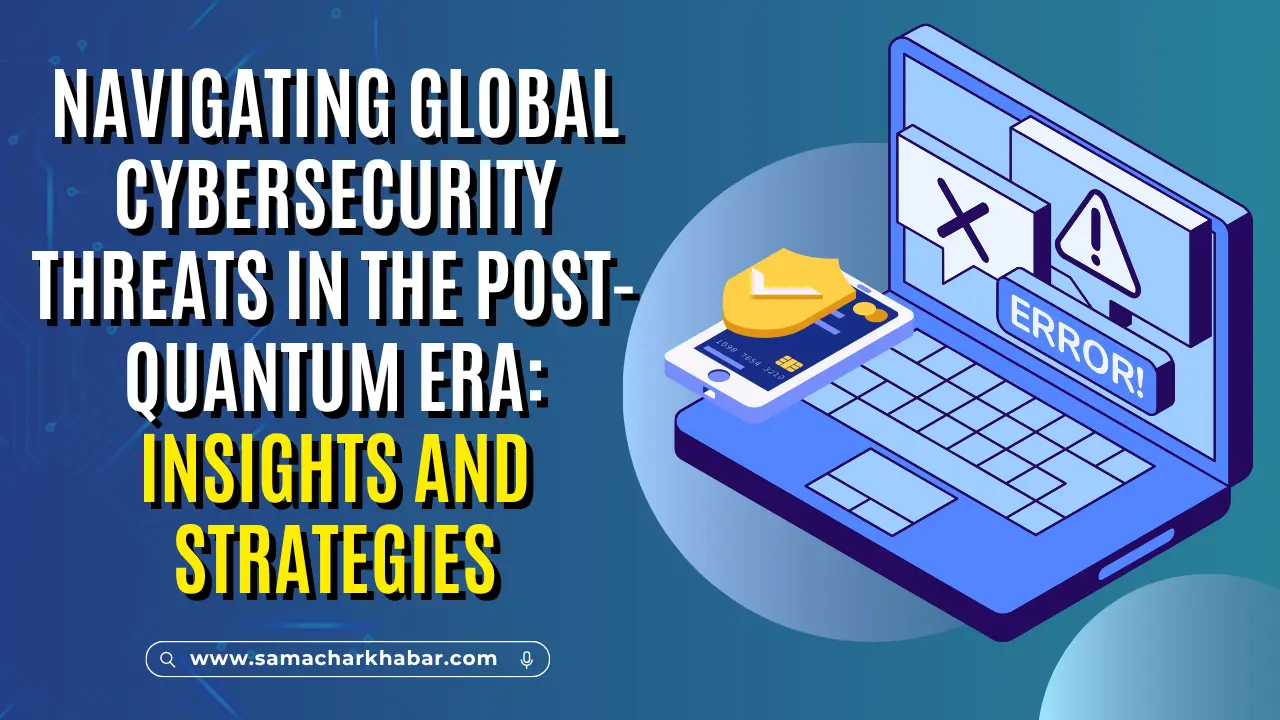The cybersecurity landscape is shifting as quantum computing nears, threatening to unravel decades of digital defenses. Experts warn that cryptographically relevant quantum computers (CRQCs) could break RSA and ECC encryption—core to securing online banking, healthcare records, and critical infrastructure—potentially within a decade. Adversaries are already stockpiling encrypted data for future decryption, a tactic dubbed “harvest now, decrypt later,” amplifying risks from nation-states like China, which invested over $15 billion in quantum programs in 2024.
With 83% of organizations assessing quantum risks per Deloitte’s 2024 survey, urgency is mounting. This blog explores these threats, NIST’s post-quantum cryptography (PQC) standards, and actionable migration steps to ensure resilient, quantum-safe systems. Stay ahead—because in this era, vulnerability is not an option.
The Quantum Leap: A Cybersecurity Game-Changer
Quantum computing, leveraging qubits’ superposition and entanglement, solves problems exponentially faster than classical systems. While promising advances in drug discovery and climate modeling, its cybersecurity implications are profound. Shor’s algorithm could factor large primes in hours, dismantling public-key encryption like RSA-2048, used in 90% of secure web traffic. Grover’s algorithm halves symmetric key strengths, necessitating upgrades like AES-512 equivalents.
Recent advancements accelerate risks:
Microsoft’s Majorana 1 topological qubit processor, unveiled in February 2025, cuts error rates by 50%, nearing fault-tolerant systems by 2030. China’s Jiuzhang quantum machine, achieving supremacy in 2020, saw computational leaps in 2025 trials, metaphorically scaling threats. The quantum market is projected to hit $50 billion by decade’s end, fueling both innovation and risks.
Core Threats: From Data Harvesting to AI-Quantum Hybrids
The “store-now, decrypt-later” strategy is a pressing concern. Adversaries, including state actors, collect encrypted data today—financial records, military secrets—for future quantum decryption. The U.S. GAO calls this threat “already here,” with CRQCs possible by 2035, or sooner with error-correction breakthroughs.
Nation-state risks escalate:
China’s $15 billion quantum investment, per Forbes 2024, outpaces U.S. efforts, threatening global communications decryption. Russia integrates quantum with cyber operations, while Iran targets infrastructure. ISACA’s April 2025 poll shows 67% of European IT professionals fear quantum-driven encryption breaks before PQC adoption.
AI-quantum hybrids amplify dangers:
Unit 42’s 2025 report notes AI compressing week-long hacks into minutes, with quantum boosting this to seconds. These could forge undetectable deepfakes or optimize ransomware, targeting 20 billion IoT devices. Financial sectors face quantum-safe payment disruptions, per World Economic Forum.
Critical infrastructure is vulnerable:
Quantum breaches could disrupt power grids or hijack autonomous vehicles. KPMG’s 2024 analysis projects $10 trillion in annual global cyber losses by 2030 without preparation.
Sub-Threat: Supply Chain Vulnerabilities
Quantum’s supply chain—rare earths for qubits—creates espionage risks. MITRE’s February 2025 report urges monitoring adversarial programs, emphasizing U.S. agencies secure hardware now.
NIST’s Post-Quantum Cryptography: A Migration Blueprint
NIST’s PQC standards, finalized in 2024, include lattice-based algorithms like CRYSTALS-Kyber for key encapsulation and Dilithium for signatures, resistant to quantum attacks. In August 2025, NIST confirmed HQC (code-based) as a KEM, countering Grover’s impact.
Also Read: Jaguar Land Rover Cyber Attack 2025: What Every Business Can Learn
The U.S. Quantum Computing Cybersecurity Preparedness Act mandates federal migration by 2033. Singapore’s MAS and EU frameworks align globally. Yet, ISACA notes only 5% of professionals understand PQC, highlighting a literacy gap costing billions. Crypto-agility—swappable algorithms—is critical; IBM and Microsoft updated libraries in 2024 for seamless transitions.
Implementation Steps
Inventory Assessment:
Audit crypto assets (e.g., TLS certificates) using tools like OpenSSL.
Prioritize Critical Data:
Focus on long-lived data like medical or financial records.
Hybrid Crypto:
Combine PQC with legacy systems during transition.
Test & Train:
Simulate attacks using Quantinuum’s 2030 benchmarks.
Deloitte’s June 2025 insights emphasize collaboration: Chrome adopted PQC in 2024; TLS 1.4 mandates are expected by 2026.
Organizational Challenges and Predictions
Forbes’ January 2025 outlook: Financial sectors pilot crypto-agile systems, with 52% of firms measuring quantum exposure, per Deloitte. Lack of oversight hinders progress—GAO suggests a federal coordinator. Global Risk Institute’s February 2025 report notes regulators’ directives will drive action, with 100% executive agreement.
SANS Summit 2025 highlights: Train via PQC workshops and monitor hardware like Quantinuum’s error-corrected qubits. By year-end, 30% more firms are expected to adopt solutions.
World Economic Forum’s quantum-safe payments guide: Banks like JPMorgan test Kyber-integrated ledgers, mitigating $1 trillion risks.
Future-Proofing: Beyond the Horizon
TNGlobal’s October 2025 alert: RSA breaks are unlikely before 2055, per MITRE, but preparation is urgent. Quantum key distribution (QKD) and AI-hybrid defenses offer ultra-secure solutions. ISACA warns of business model disruptions, with 67% of professionals anticipating impacts. PQC adoption is the cornerstone of a secure digital future.
Wisdom from Satgyaan: Eternal Vigilance for Digital and Spiritual Security
Sant Rampal Ji Maharaj teaches in Gyan Ganga, “True strength lies in a soul fortified by truth and devotion, unshaken by worldly storms.” Just as quantum threats challenge digital codes, unchecked desires erode inner peace. Post-quantum cryptography mirrors spiritual discipline: Both demand proactive resilience.
By embracing satsang and ethical living, we build an unbreachable fortress for the soul, aligning with NIST’s layered defenses to safeguard our digital and spiritual worlds.
FAQs
Q1: When will quantum computers break current encryption?
Experts predict 10-20 years, but “harvest now” attacks make preparation urgent. MITRE estimates RSA-2048 breaks post-2055, possibly 2035 with advances.
Q2 Which post-quantum algorithms are best for businesses?
NIST’s CRYSTALS-Kyber and Dilithium lead for encryption and signatures—use crypto-agile tools from IBM or Microsoft.
Q3 How can small firms afford quantum migration?
Leverage free NIST resources and open-source hybrids. ISACA notes only 5% understand standards, so affordable training prevents costly breaches.
Q4 Are everyday users at risk from quantum threats?
Yes—IoT devices and apps use vulnerable crypto. Update to PQC-enabled browsers like Chrome for protection.
Q5 How does China’s quantum push impact global security?
Their $15B investment (2024) risks global data decryption. U.S. GAO urges intel sharing to counter threats.

















